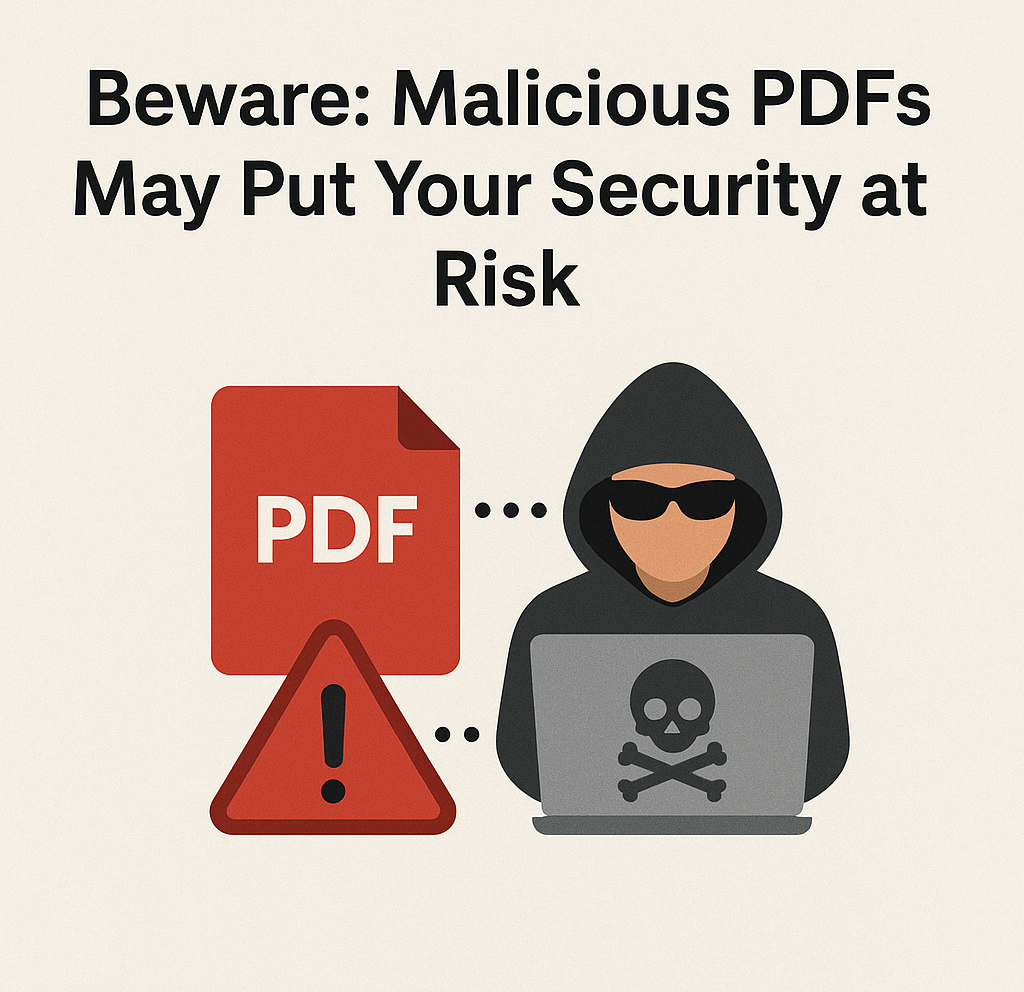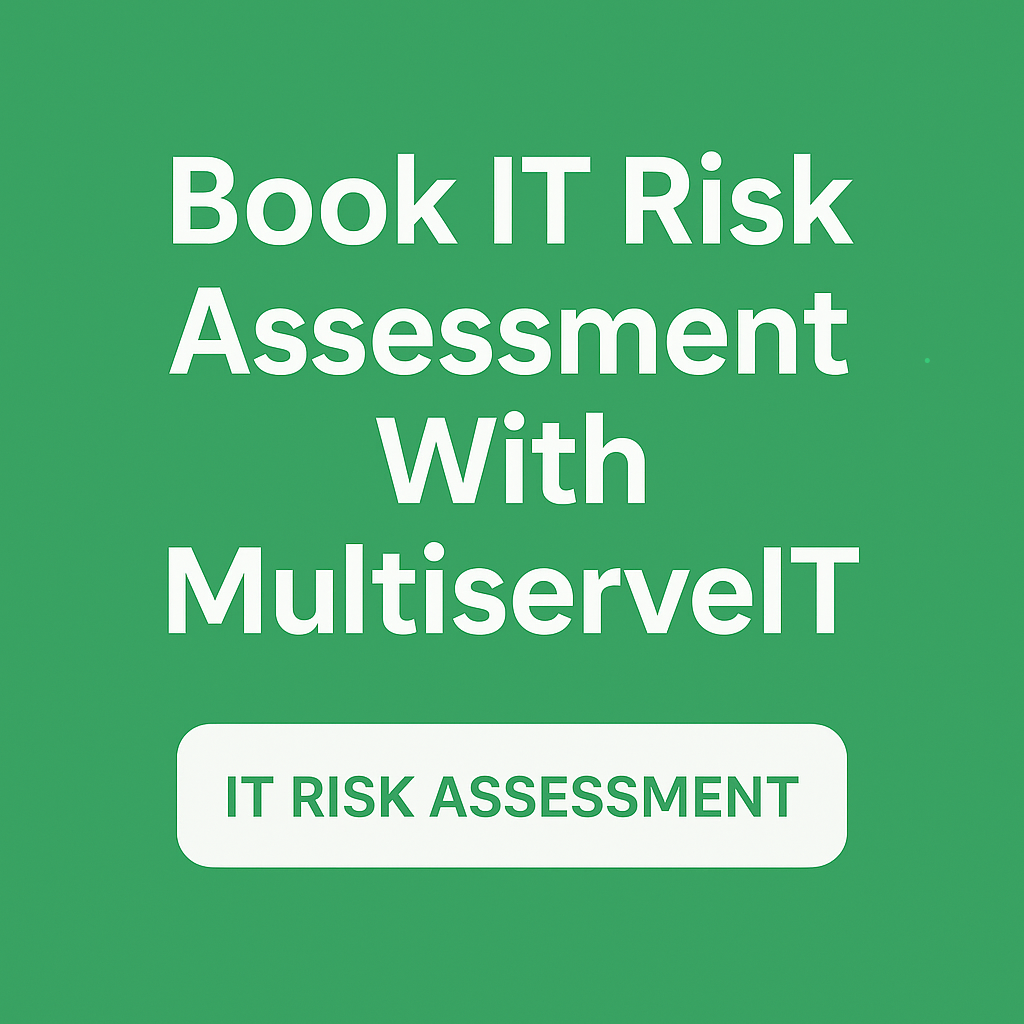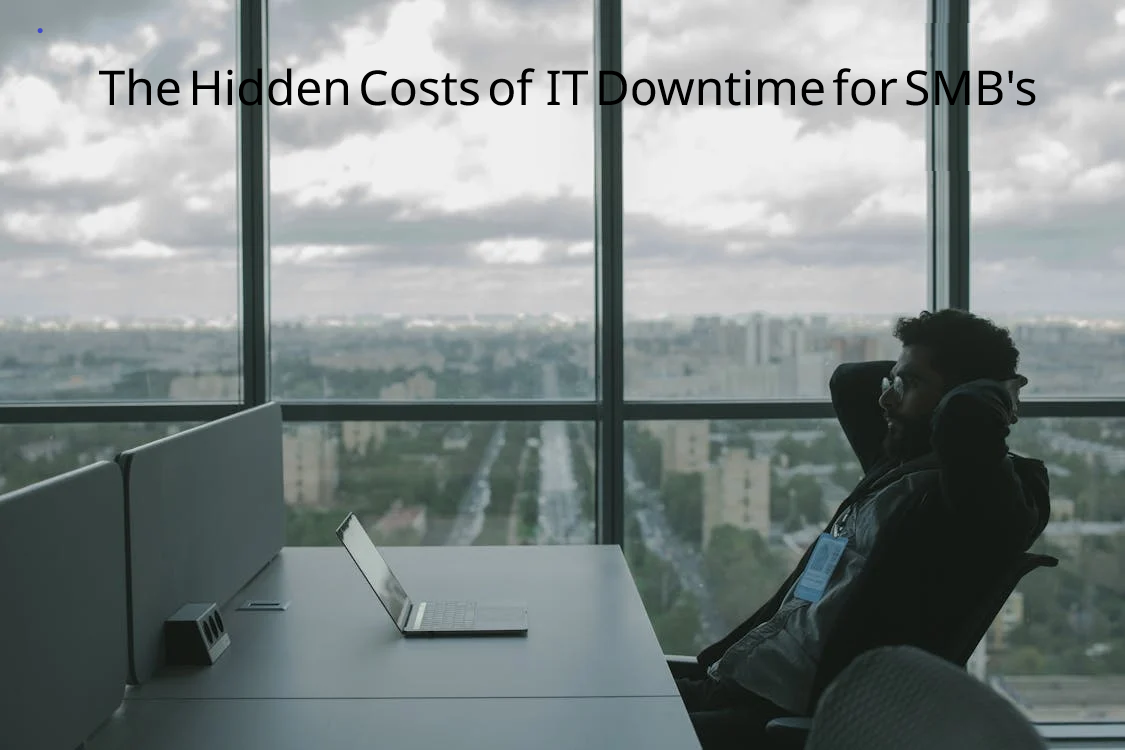Picture this: You receive a harmless-looking PDF from a colleague, supplier, or even your bank. You click it without a second thought. What could go wrong? Unfortunately, a lot.
Why PDFs Are a Popular Tool for Hackers
PDFs are widely trusted, which makes them a perfect vehicle for cybercriminals. Unlike suspicious links or unfamiliar attachments, PDFs often bypass our mental security filters. But embedded within that file could be malicious code designed to steal your information, install ransomware, or hijack your system.
How Malicious PDFs Work
Hackers often use these techniques:
- Embedded Scripts: Hidden code that runs when you open the file.
- Phishing Links: PDF content that tricks you into clicking fraudulent websites.
- Exploiting Software Vulnerabilities: Targeting outdated PDF readers to execute malware.
Signs of a Dangerous PDF
- The file comes from an unknown or unexpected sender.
- The PDF asks you to enable special permissions or macros.
- The file’s name seems unrelated to your work or conversation history.
- It urges immediate action like “open now” or “urgent.”
How to Protect Yourself
- Always verify the sender. Call or email the person directly if you’re unsure.
- Keep your software updated. Patching your PDF reader can block known exploits.
- Use endpoint security. A robust cybersecurity solution can detect and stop malicious files.
- Avoid enabling macros or scripts. Legitimate PDFs rarely need these features.
Final Thought
PDFs might seem like a safe, everyday part of business life, but cyber threats often hide in plain sight. Stay cautious. Stay protected.






